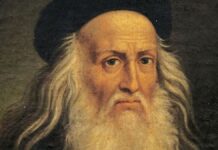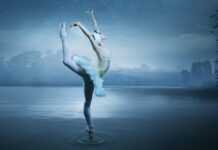
Romanticism was a profound artistic and intellectual movement that emerged in the late 18th century and flourished throughout the 19th century. Rooted in a reaction against the rationalism and scientific progress of the Enlightenment era, Romanticism celebrated emotion, individualism, and a deep connection with nature.
This movement encompassed various art forms, but one of the most captivating expressions of Romanticism was found in paintings. Romanticism paintings were characterized by their emphasis on nature’s sublime beauty, intense emotions, and a fascination with the mystical and fantastical. This article delves into the world of Romanticism paintings, exploring their themes, techniques, and prominent artists who contributed to this mesmerizing period.
Origins and Influences of Romanticism
The origins of Romanticism can be traced back to the late 18th century, particularly in Europe, where it emerged as a response to the rigid conventions of Neoclassicism and the Enlightenment’s focus on reason and rationality. The Neoclassical period, which preceded Romanticism, sought inspiration from classical antiquity and focused on harmony, order, and idealized representations of the human form.
Romanticism, on the other hand, emphasized individualism, emotion, and the beauty of nature. It sought to evoke powerful feelings and resonate with the audience on a personal and spiritual level. Romantic thinkers, poets, and artists were influenced by various intellectual and cultural movements, such as the Sturm und Drang movement in Germany, Gothic literature in England, and the works of philosophers like Immanuel Kant and Jean-Jacques Rousseau.
Themes and Characteristics of Romanticism Paintings
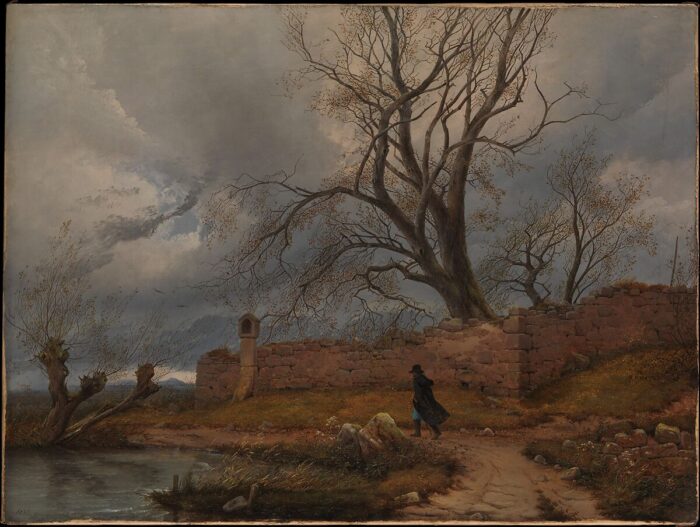
Romanticism paintings are characterized by several recurring themes that reflect the movement’s core principles and ideals. Some of the most prominent themes include:
Nature’s Sublime Beauty: Romantic artists had an unwavering fascination with nature’s awe-inspiring grandeur. They sought to depict landscapes that conveyed the sublime, a concept representing overwhelming and awe-inspiring natural phenomena that evoke a sense of both terror and wonder. Stormy seas, majestic mountains, and vast, untamed wilderness were common subjects in Romantic paintings, symbolizing the untamed power and beauty of nature.
Caspar David Friedrich, a prominent German Romantic painter, excelled in capturing the sublime in his works. His painting “The Wanderer above the Sea of Fog” (1818) portrays a solitary figure standing on a rocky outcrop, gazing into the mist-covered valley below. The vastness of the landscape and the swirling fog evoke a sense of the sublime, emphasizing the insignificance of man against the majesty of nature.
Emotion and Individual Expression: Romantic artists sought to convey deep emotions and intense personal experiences through their paintings. They celebrated individuality and the uniqueness of human emotions, portraying scenes of passion, love, melancholy, and heroism. By focusing on the individual, Romanticism aimed to connect with the viewer on a profoundly emotional and subjective level.
Eugène Delacroix, a prominent French Romantic painter, excelled in expressing emotion in his works. His painting “Liberty Leading the People” (1830) captures the spirit of the French Revolution, symbolizing the struggle for freedom and the power of the people. The painting exudes energy and emotion, with the allegorical figure of Liberty leading a diverse group of people in their fight for liberation.
Escapism and Fantasy: Romanticism was an escape from the realities of the industrialized world and the rationality of the Enlightenment era. Artists often created dreamlike and fantastical scenes that allowed viewers to immerse themselves in a world of imagination and wonder. These artworks were a departure from reality, evoking a sense of nostalgia for a simpler and more magical past.
The works of John William Waterhouse exemplify this aspect of Romanticism. His painting “The Lady of Shalott” (1888) is based on Alfred Lord Tennyson’s poem and portrays the tragic Lady of Shalott, who weaves a tapestry and gazes upon the world through a mirror until her untimely demise. Waterhouse’s meticulous attention to detail and the mystical ambiance of the scene evoke a sense of nostalgia and longing for a distant, enchanting past.
Medievalism and Mysticism: Romantic painters often drew inspiration from medieval history, folklore, and mythology. They romanticized the Middle Ages, infusing their works with elements of chivalry, magic, and mystery. This fascination with the past reflects a desire to reconnect with a time perceived as more spiritual and authentic.
John Henry Fuseli, a Swiss painter, exemplifies the Romantic fascination with medieval themes in his painting “The Nightmare” (1781). The painting portrays a woman lying in a deep slumber while a demonic creature crouches on her chest. The eerie atmosphere and surreal imagery evoke a sense of dread and fascination, tapping into the viewer’s subconscious and providing an escape from the rational world.
Prominent Romanticism Artists and Their Works
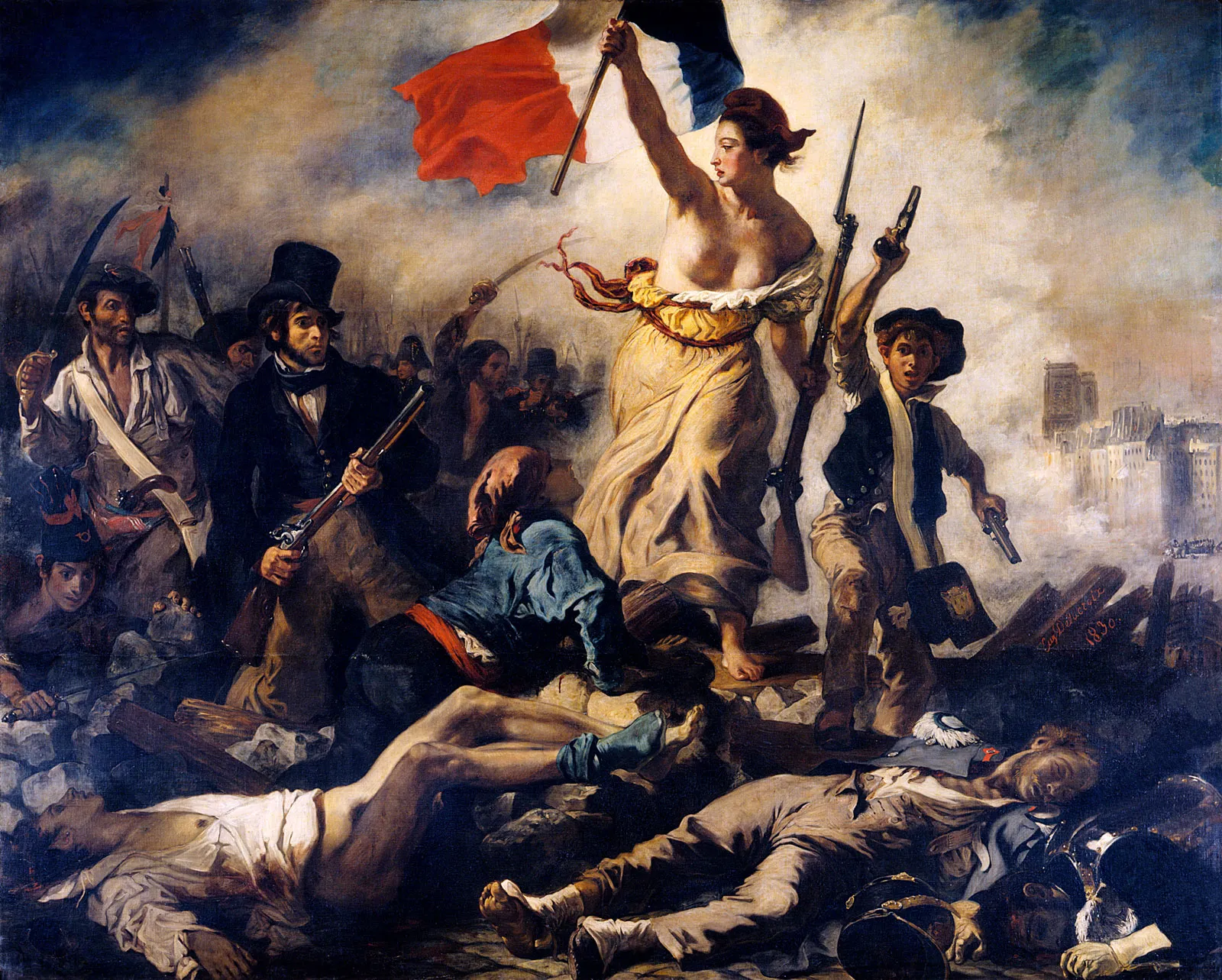
Caspar David Friedrich (1774-1840): Friedrich, a German painter, is considered one of the leading figures of Romanticism. His works often featured solitary figures standing in contemplation before vast and dramatic landscapes. Friedrich’s paintings were infused with a sense of spiritualism and transcendence, capturing the human yearning for a connection with nature and the divine.
Aside from “The Wanderer above the Sea of Fog,” Friedrich’s “The Monk by the Sea” (1809) is another notable example of his work. The painting portrays a solitary monk standing at the edge of a desolate coastline. The vastness of the sea and the emptiness of the horizon evoke a sense of existential contemplation and the insignificance of man in the face of nature’s enormity.
J.M.W. Turner (1775-1851): Joseph Mallord William Turner, an English painter, is renowned for his vivid and atmospheric seascapes and landscapes. Turner’s paintings are known for their luminous colors, dramatic lighting, and dynamic compositions, which evoke powerful emotions and a sense of the sublime.
In “The Slave Ship” (1840), Turner depicts a slave ship during a storm, with the crew having thrown slaves overboard to claim insurance for their losses. The fiery sunset and turbulent sea create a haunting and emotive backdrop to this morally charged scene, highlighting Turner’s mastery of capturing the emotional essence of the subject.
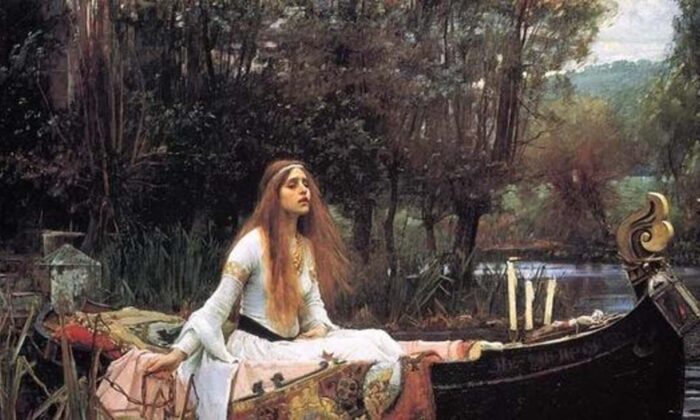
Eugene Delacroix (1798-1863): Delacroix, a French artist, is celebrated for his passionate and emotionally charged works. He often used vivid colors and expressive brushwork to convey intense emotions and dramatic scenes. Delacroix’s paintings were characterized by their theatricality and emotional intensity, making them quintessential examples of Romanticism.
In addition to “Liberty Leading the People,” Delacroix’s “Death of Sardanapalus” (1827) is another striking example of his dramatic style. The painting portrays the moment when the Assyrian king Sardanapalus, in the face of defeat, orders his palace, possessions, and concubines to be set on fire. The vivid colors, frenetic composition, and intense emotions expressed by the figures embody the Romantic fascination with the tumultuous and tragic aspects of human existence.
Francisco Goya (1746-1828): Although preceding the full Romantic movement, Goya’s later works can be considered as proto-Romantic. His “Black Paintings” (1820-1823) showcase his dark and introspective visions, expressing his fears, anxieties, and disillusionment with the world.
Goya’s “Saturn Devouring His Son” (1819-1823) is one of the most chilling and nightmarish of the Black Paintings. The painting depicts the mythological titan Saturn devouring one of his sons. The raw and brutal imagery reflects Goya’s profound pessimism and his exploration of the darker aspects of the human psyche, making it a powerful precursor to the themes of Romanticism.
Influence and Legacy of Romanticism Paintings
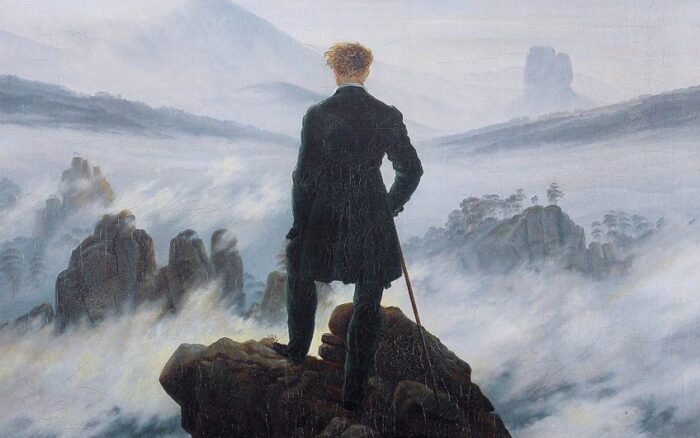
The impact of Romanticism paintings extended beyond the 19th century, influencing subsequent art movements and paving the way for modernism. The emphasis on individual expression and emotion laid the groundwork for the emergence of Expressionism in the early 20th century. Furthermore, the focus on nature’s beauty and the sublime had a lasting influence on landscape painting, with artists seeking to evoke powerful emotional responses through their depictions of the natural world.
The legacy of Romanticism is evident in the works of artists such as Vincent van Gogh, who was profoundly influenced by Romantic themes and techniques. Van Gogh’s expressive brushwork and emotive use of color were informed by the emotional intensity of Romanticism. Similarly, the Symbolist movement, which emerged in the late 19th century, continued to explore mystical and otherworldly themes reminiscent of Romantic paintings.
Conclusion
Romanticism paintings are a testament to the human longing for deeper connections, be it with nature, emotions, or the mysteries of existence. This movement celebrated the individual and the irrational, embracing the complexities of the human experience. The works of Romantic artists continue to captivate audiences with their evocative power and timeless themes, reminding us of the eternal pursuit of understanding our place in the world and the depths of our own souls. Romanticism’s legacy lives on, inspiring artists to this day and inviting viewers to embark on a journey into the soul of nature and emotion through the medium of paint.




